Heliconia Psittacorum Tropics
Original price was: ₹500.₹249Current price is: ₹249.
Out of stock
Email when stock available
Description
Quantity: A single rhizome with bare roots.
Heliconia Psittacorum Tropics tubers available, since it is a big plant only tubers of this particular plant can ship to all over India.
Heliconia pssitacorum
Heliconia psittacorum (parrot’s beak, parakeet flower, parrot’s flower, parrot’s plantain, false bird-of-paradise) is a perennial herb native to the Caribbean and South America. It is considered native to French ,Guiana etc..
The flowers are clustered above two or more colorful, lanceolate floral bracts with a waxy bloom. The individual flowers are 3-angled, narrowly banana-shaped, up to 1 3/4 inches (4.5 cm) long, and have 6 fused tepals and a dark-ringed tip. The flowers are followed by fleshy, rounded, dark blue fruits. The leaves are simple, alternate, long-petioled, and have light green, lanceolate leaf blades. The pseudostems (formed by the leaf sheaths) emerge from underground rhizomes.
The flowers (both the actual flowers and the petal-like bracts) come in a wide variety of cultivated colors and last for weeks as cut flowers in tropical flower arrangements.
Parakeet Heliconia is the most commonly cultivated Heliconia species in Hawaii, and it is escaping from gardens and becoming naturalized along roadsides.
Number Name
1 Heliconia psittacorum
2 Mud pot 6 cm
Plant specifications
Plant height 5 feet
Plant width 3 cm wide
It is a perennial herb species native to the Caribbean and South America. The plant is a self-pollinates without additional pollination from insects pollinators. This species is often planted in tropical gardens.
Common name Parrot bead plant
Scientific name Heliconia psittacorum
Family Heliconaisaea
Genus Helicornia
Heliconias support a diversity of ecological relationships with various organisms. Hummingbirds are the principle pollination of Heliconias in the Americas. The flowers produce an abundance of nectar and the color, shape, and curve of the flowers are adapted to specific hummingbird species.
Several species of Heliconia open their flowers at night to attract nectar-eating bats for pollination. Additionally, multiple species of bats use the leaves and foliage to construct habitats and shelters. Heliconia species with upright bracts are known to collect rainwater and support a community of minute, aquatic fauna. Interestingly, the name Heliconia is derived from Mount Helicon, a mountain in southern Greece that is known in Greek mythology to be the home of the Muses.
Care for the plant
1.Light
Heliconia psittacorum plant doesn’t bloom much, it’s not getting enough light. Move it to a sunny window or sunroom… or scoot it outdoors when the weather is warm. It’ll be fine as long as the temperature doesn’t dip below 55°F/13°C
2 Temperature
Heliconia plants are native to tropical forests, so they prefer warm and relatively humid conditions. Temperatures of 70 degrees Fahrenheit and above are ideal. In the dry winters of northern climates, indoor plants will require regular misting to keep the leaves from drying out. Brown tips and margins on leaves are signs the plants need moister air. Also, moisten a towel and clean off any accumulated dust on the plant’s leaves at least once a week
3.Water
All species of Heliconia require ample and continuous water to thrive but with good drainage. Proper watering is the most critical element of growing these plants successfully. Plants subjected to drought will experience leaf-browning, especially along the leaf margins.
To protect your plant during the winter, use tepid water during watering. Ensure the soil dries out almost entirely between watering and then water immediately.
Requirements of the plant
Sunlight Bright light
Temperature 70 degree
Water Sufficient water for growth
Soil Moist soil
pH Acidic
Bloom time Winter
Plant type Perennial
Leaf vennation Pinnate
Leaf arrangement Foliage
Don’t for the plant
• Never over water the plant
• Never over fertilizer the plant
• Bright sunlight sometimes kill the plant.
Use of fertilizers
feeding of average sized plants, best fertilizer for heliconia is a good quality, slow time-release fertilizer with an NPK ratio of 2-1-2.
To maintain their growth and bright colors, fertilize heliconias every three to four months with a slow-release fertilizer rich in magnesium.
Uses of Heliconia psittacorum
Heliconia species are widely used as ornamental plants for landscaping and cut flowers due to the tropical beauty of the leaves, and the varied inflorescence colors and forms.
Only logged in customers who have purchased this product may leave a review.


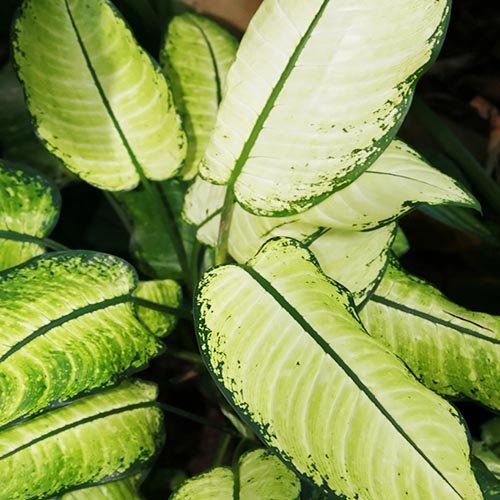
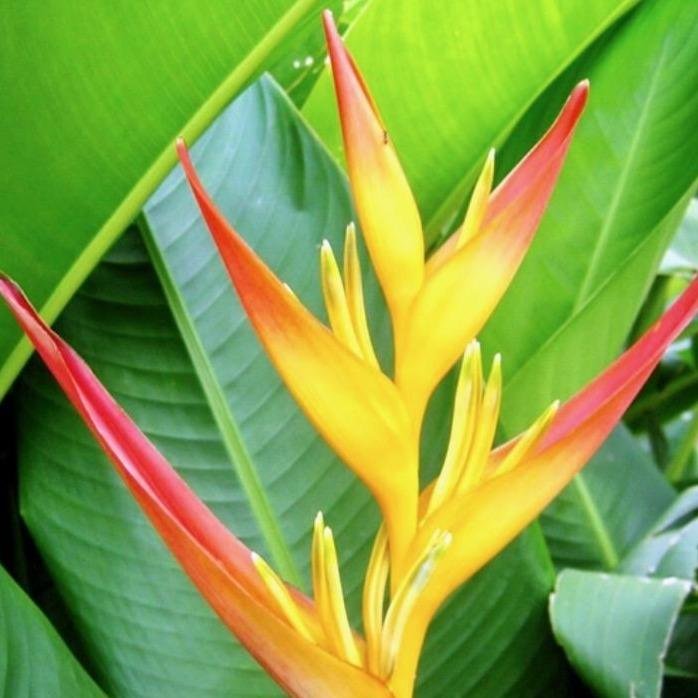
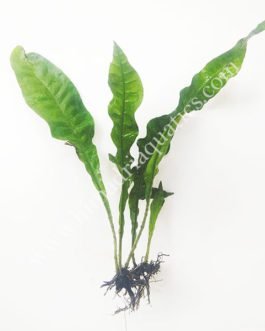
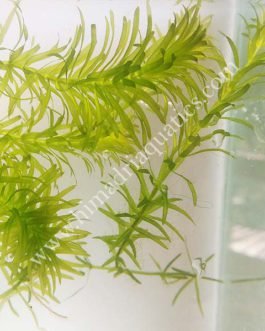
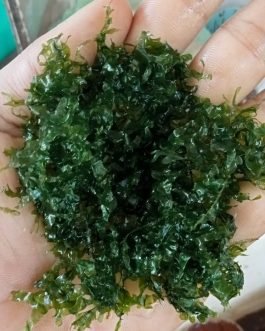
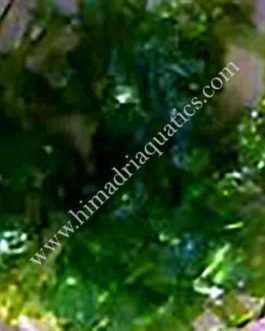
Reviews
There are no reviews yet.